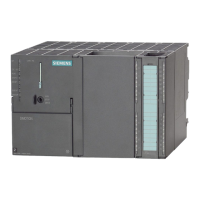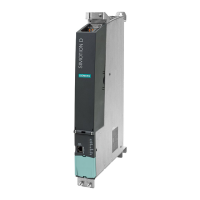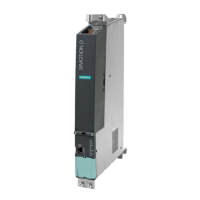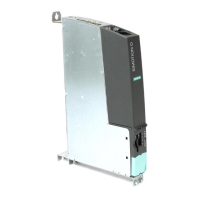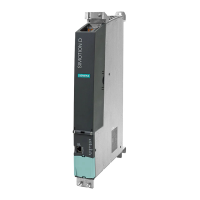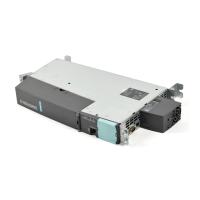In PROFINET IO with IRT, a sync master generates a signal to which sync slaves synchronize
themselves.
Sync master and sync slaves belong to a sync domain which is assigned a name
via configuration. The role of the sync master can in principle be played by an I/O controller
as well as an I/O device. A sync domain has exactly one sync master.
Context: Sync domain and I/O systems
An important fact is that sync domains do not need to be limited to one PROFINET IO system:
The devices of several I/O systems can be synchronized by a single sync master, provided
they are connected to the same Ethernet subnet.
The following applies the other way around: An I/O system must only belong to a single sync
domain.
Signal propagation delays not negligible
For the extremely exact synchronization interval, line lengths, namely the associated delay
times, must be taken into consideration. You can use a topology editor to enter the properties
of the lines among the ports of the switches. STEP 7 uses this data and the other configuration
data to calculate the optimized process of the IRT communication and the resulting updating
time.
IRT runs in parallel to real-time and TCP/IP communication
Apart from IRT communication, for which a defined bandwidth is reserved within the update
time, RT communication and TCP/IP communication are also permitted within the update time.
With RT communication (real-time communication), the cyclic data is transferred between I/O
controller and I/O device, but without "best possible synchronism".
With non-synchronized I/O devices, data is exchanged automatically via RT communication.
Due to the fact that TCP/IP communication is also possible, other data, e.g. non-real-time data,
configuration data or diagnostic data, can be transported.
PROFINET IO controller
Typically, the function of a PROFINET IO controller is taken on by controllers (e.g. SIMOTION
C/P/D, SIMATIC S7 CPUs, ...).
The PROFINET IO controller takes on the master function for I/O data communication of the
distributed field devices. The function is comparable to a PROFIBUS DP master class 1.
PROFINET IO device
Distributed field devices such as I/Os, drives (e.g. SINAMICS S120) or operator terminals are
designated as I/O devices. The function is comparable to a PROFIBUS DP slave.
Parameter assignment / addressing
6.5 Configuring PROFINET IO
SIMOTION D4x5-2
Commissioning and Hardware Installation Manual, 03/2018, A5E33441636B 145

